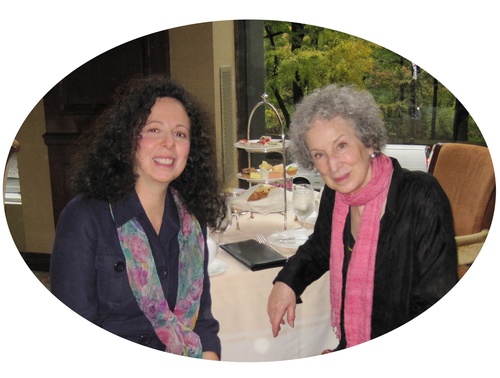It’s early morning and I’m sitting by the river next to my daughter Jenny’s house in western Massachusetts. Crows are cawing overhead. Chickadees are chattering from tree limbs, and two merganser ducks are just a few yards downstream trolling the water for a fresh fish breakfast.
The rock I’m perched upon is smooth and solid. It’s a pleasant place to sit and even though the area where my daughter and son-in-law have chosen to raise their family has no shortage of enticing activities, I’m completely content simply being here in their shady backyard absorbing the sounds and sights in their little slice of New England.
 |
| A green heron hunts for fish from a log in the river |
That doesn’t mean I haven’t partaken of the local wares. Dozens of stores, farmer’s markets, farms and restaurants beckon me with their goods. A new butcher shop in Northampton sells nothing but locally raised, grass-fed meat. Restaurateurs cater to the dietary needs of vegans, vegetarians and locavore customers. Bluefish — a fish my husband Ralph and I adore but rarely find in Florida — is a mainstay of New England fish markets, and we always enjoy eating it whenever we’re in the area.
In Central Florida, most farmer’s markets are merely an excuse for middlemen to sell commercially grown produce to unsuspecting customers, but here in western Massachusetts, farmers markets are the real deal. Actual growers sell their own organically grown tomatoes, leafy greens and just about any other in-season vegetable one can imagine. In addition to produce, everything from homespun wool to shiitake mushrooms, maple syrup, fresh cheeses, flowers and fermented foods fill the stands at outdoor markets. Just seeing the abundance of goods fills me with joy.
 |
| Ralph and Jenny at the Tuesday afternoon farmer's market in downtown Northampton, MA |
Although our visit is short — just one week — time away from our Florida home provides long-term perspective. It’s helpful every now and then to step aside from normal routines and experience something different — new views, new places, new faces to see.
 |
| A new perspective from the water |
As I sit on the rock overlooking the river, I think back to all the years when New England was my home. Walking around Jenny’s neighborhood picking wildflowers growing along the roadside with my grandchildren transports me back to our Cape Cod days when I did the same thing with Jenny and her siblings when they were toddlers.
 |
| My bouquet of wildflowers gathered along roadsides in Jenny's neighborhood |
As a brave tufted titmouse takes a peanut from my outstretched hand, I flashback 40 years to a time when I trained a sweet little chickadee to eat out of my hand, too. I was so young then and full of passion for all of life’s possibilities.
 |
| A little titmouse will land on your hand or on a faded sunflower |
Despite bumps and bruises encountered along the way, I'm still inflamed with hope and passion. Whether sitting by a cold river in Massachusetts, a freshwater lake in Florida or on the shore of an Atlantic beach, the rush of water never fails to fill me with life’s endless possibilities.
 |
| I need to be by water, no matter whether it's an ocean, lake, river or stream |
A few feet away from my rocky perch, a curious chipmunk pokes its head out of a bramble of sticks. As it tries to decide if I’m friend or foe, I ponder my own reaction to a location no longer my own. I once lived in Massachusetts but then moved away.
Do I miss it? The changing seasons. The Queen Anne’s lace. The shops, the markets, the abundance of like-minded people. I do miss them a little, but the thing I miss the most is being separated by so many miles from my daughter and her family.
 |
| A quiet morning with Maya, Ella, Jenny and Brett |
Just as water flows constantly downstream, each of us follows a path of our own. For me, for now and for the foreseeable future, Florida is home. As much as I’ve enjoyed being away, I look forward to being back in my own enchanted world where bamboos bend and the rising mist beckons me to push off in my boat for an early morning row through mirror-like still water.


















